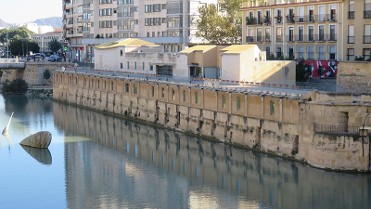
ESPACIO MOLINOS DEL RÍO / SALA CABALLERIZAS
Calle Molinos, 1
30002 MURCIA
Telephone: +34 968 358 600
e-mail: museo.molinosdelrio@yto-murcia.es
www.molinosdelrio.org
![]()

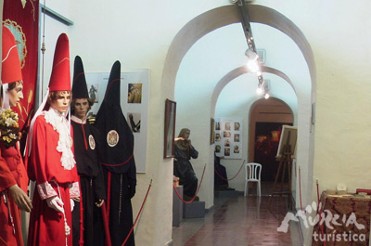
MUSEO DE LA ARCHICOFRADÍA DE LA SANGRE
Calle Sacerdotes Hermanos Cerón, 25,
30002 MURCIA
Telephone: +34 968 344 361
e-mail: museo@museocoloraos.com
www.coloraos.com
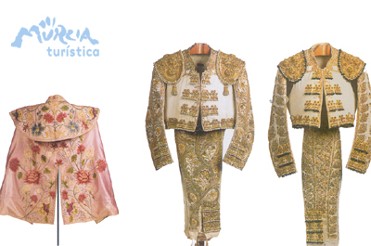
MUSEO TAURINO
C/ Francisco Rabal, 2
30009 MURCIA
Telephone: +34 968 285 976
/
Fax: +34 968 284 154
turismo.yecla.es/portfolio/museos/museo-taurino/
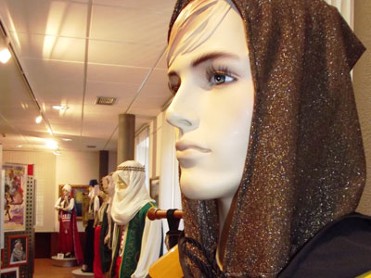
MUSEO DE MOROS Y CRISTIANOS DE MURCIA
C/ Cartagena s/n (1º planta del Pabellón II, Antiguo Cuartel de Artillería)
30002 MURCIA
Telephone: 868 04 45 70
e-mail: museo@morosycristianosmurcia.es
morosycristianosmurcia.es/
![]()
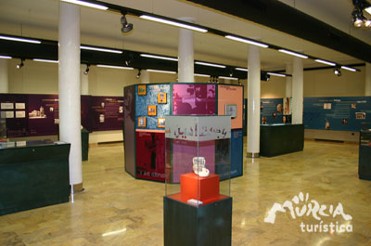
MUSEO DE LA UNIVERSIDAD DE MURCIA
C/ Cartagena s/n, Pabellón 4, Antiguo Cuartel de Artillería
30002 MURCIA
Telephone: 868 88 85 61
/
Fax: 868 88 85 62
e-mail: mum@um.es
www.um.es/web/museo
![]()
![]()

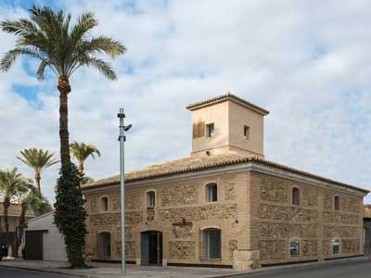
CASA-MUSEO DEL BELÉN
Calle Olivo esquina con Travesía Torre 2, s/n,
30006 PUENTE TOCINOS (MURCIA)
Telephone: +34 968 30 11 26
e-mail: casadelbelen@ayto-murcia.es
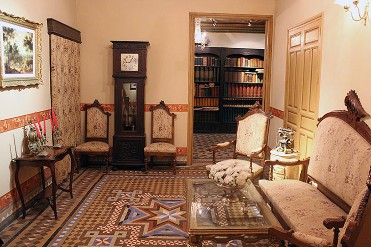
CASA - MUSEO DON PEPE MARSILLA, BULLAS 1900
C/ Rosario, 1
30180 BULLAS
Telephone: +34 968 657 211
e-mail: casamuseodonpepe@bullas.es
rvbullas.es/rutadelvino/portfolio/casa-museo-don-pepe-marsilla/

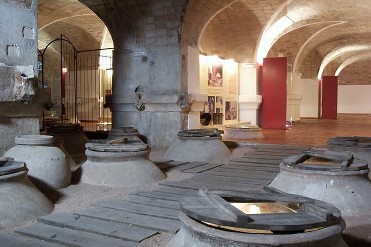
MUSEO DEL VINO DE BULLAS
Avda. de Murcia, 75
30180 BULLAS
Telephone: +34 968 657 211
e-mail: museodelvino@bullas.es
rvbullas.es/rutadelvino/portfolio/museo-del-vino/
![]()
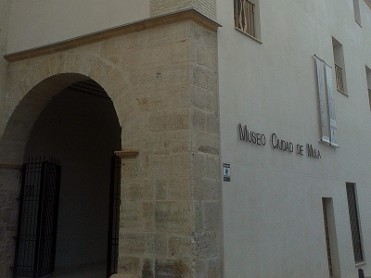
MUSEO CIUDAD DE MULA
C/ Doña Elvira, 4
30170 MULA
Telephone: +34 968 661 501
e-mail: turismo@aytomula.es
www.mula.es
![]()

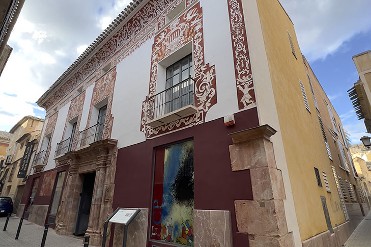
MUSEO CRISTÓBAL GABARRÓN
C/ San Francisco, 14
30170 MULA
Telephone: +34 968 661 551
e-mail: museo@gabarron.org
museo.gabarron.org/
![]()
![]()
![]()
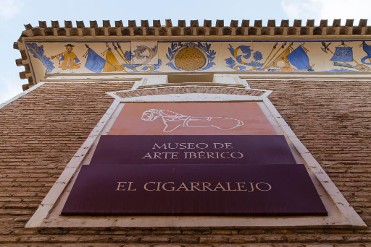
MUSEO DE ARTE IBÉRICO EL CIGARRALEJO
C/ Marqués, 1
30170 MULA
Telephone: +34 968 661 422
e-mail: museosregiondemurcia@carm.es
www.museosregiondemurcia.es/
![]()
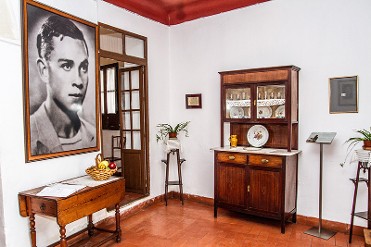
CASA MUSEO MIGUEL HERNÁNDEZ
C/ Miguel Hernández, 73
03300 ORIHUELA
Telephone: 965 30 63 27
www.orihuelaturistica.es
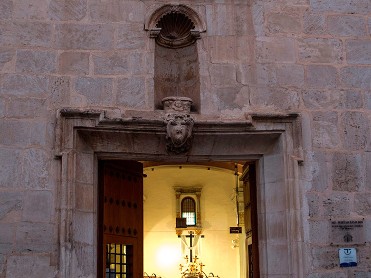
MUSEO ARQUEOLÓGICO COMARCAL DE ORIHUELA - MARQUO
C/ Hospital, 3
03300 ORIHUELA
Telephone: 966 74 31 54
www.orihuelaturistica.es



